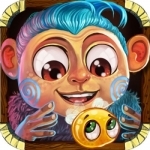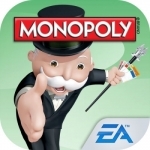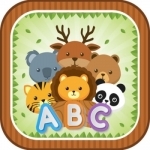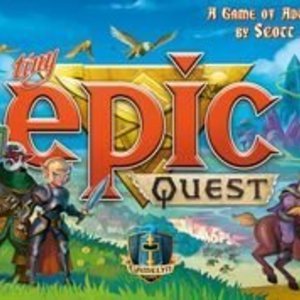
MapAlerter
News and Utilities
App
MapAlerter is a local authority alert service for people living in Ireland who want to receive...

Asva The Monkey HD
Games and Entertainment
App
Free today with ‘App of the Day’. Best Game Art Nomination at Casual Connect Asia 2014 *** #1...

Lola Panda’s Math Train 2 – Learn Counting, Addition, and Subtraction with Lola!
Games and Education
App
Lola is back for even more math train adventures in Lola’s Math Train 2! Even more challenging...

New York Subway MTA Map
Navigation and Travel
App
New York Subway uses the official MTA subway map and includes a handy route planner. With over...

MONOPOLY for iPad
Games and Entertainment
App
Read on for important info below! **YOU VOTED & THE CAT’S OUT OF THE BAG** Thanks to the votes...

1st grade activity to practice spelling words
Education and Games
App
ABC learning is a perfect educational Learning app for your kids for kindergarten or preschool....

NYC Total Transit: MTA subway map + bus times
Navigation and Travel
App
Need to know when buses and trains are arriving in New York City, and where they're going? NYC Total...

Simionic Simulator for Garmin G1000 (MFD)
Games and Education
App
THIS APP MAY NOT RUN PROPERLY ON iPad 2 OR EARLIER DEVICES DUE TO PERFORMANCE REQUIREMENTS. Check...

Tiny Epic Mechs
Tabletop Game
It's the year 3030, and technology offers humankind unimaginable entertainment. What used to be...

Tiny Epic Quest
Tabletop Game
A world of peace has been torn asunder by the opening of a vile portal from the goblin kingdom....